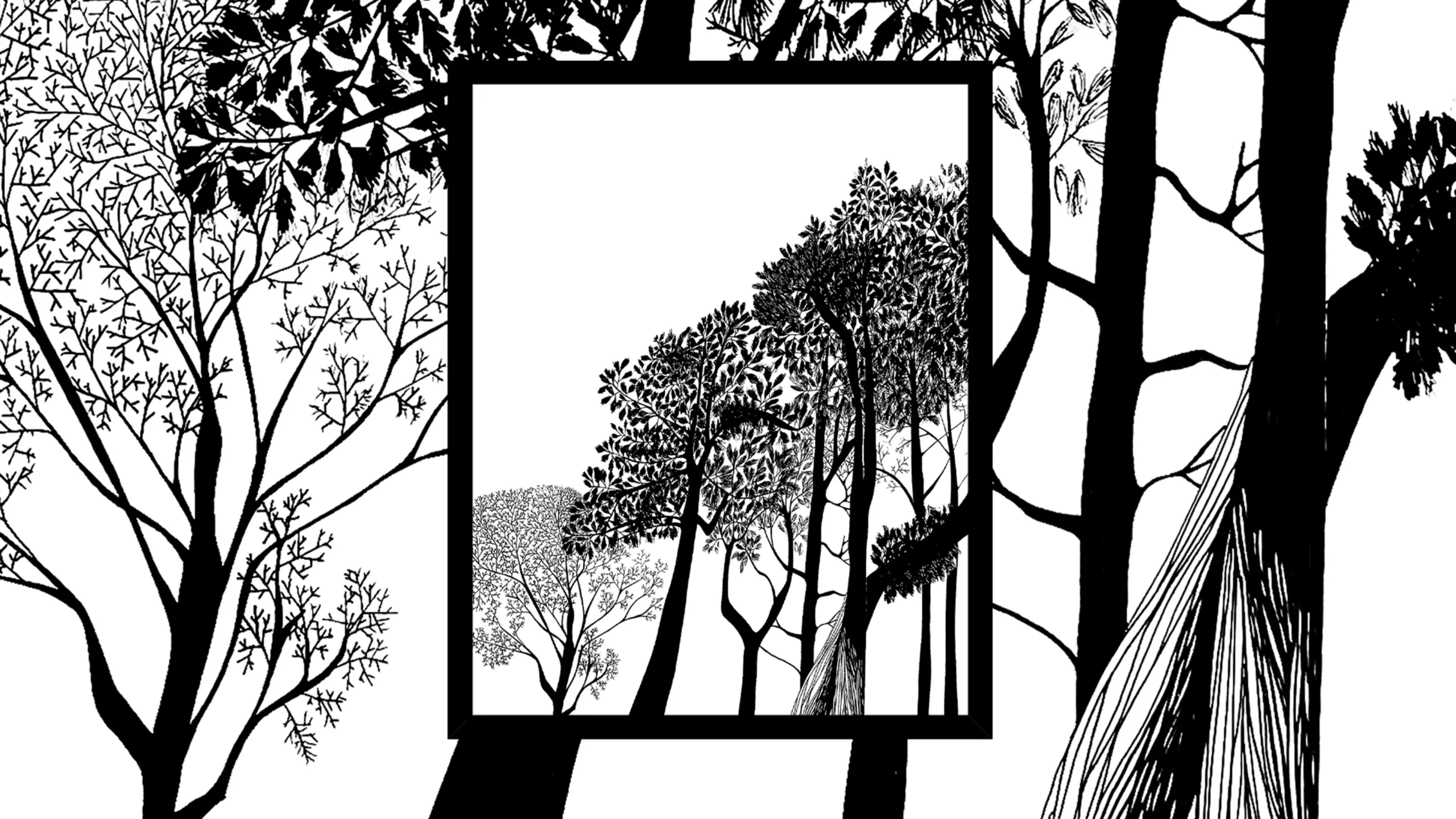September in Liverpool and the city region is packed with a vibrant mix of cultural events. From interactive art exhibitions and a Latin American festival to powerful theatre performances and jazz concerts, there are plenty of things to do in Liverpool and the city region this month.
Highlights include the return of BlackFest, celebrating Black arts with an exciting lineup, and the Neurodiversity Arts Festival, showcasing neurodivergent creativity. Music lovers can look forward to an evening with songwriter Guy Chambers and a special jazz performance by Shez Raja. Whether you’re into art, music, or theatre, Liverpool has an array of events to explore this September.

Things To Do In Liverpool & The City Region This September
1. Art Plays Games (5 September – 27 April ’25)
FACT has transformed their upstairs gallery into a new space dedicated to showcasing artists’ games and works made using AI technologies. Fun, playful and suitable for gamers and non-gamers of all ages, Art Plays Games looks at how artists are increasingly using games as a way to challenge conventional forms of storytelling and offer us new ways to make sense of the world today. Whether you’re a fan of interactive art exhibitions or looking for exciting things to do in Liverpool, Art Plays Games at FACT offers a fun and engaging experience for all ages.

2. La Feria (10 – 15 September)
La Feria Festival returns to Liverpool for an exciting and innovative programme of music, dance, theatre and street-arts from across the Latin Continent. A range of periphery events including storytelling, street arts and food and drink will also take place across the festival week, all exploring the beautiful and rich diversity of Latin American culture.

3. The Holly Johnson Story (14 September – 27 July ’25)
The Holly Johnson Story, at Museum of Liverpool, explores the incredible life of Holly Johnson and his meteoric rise to fame, where he became one of the first openly gay and openly HIV+ high profile artists in history. The opening of this exhibition also marks the 40th anniversary release of Frankie Goes to Hollywood’s album Welcome to the Pleasuredome featuring Relax, Two Tribes and The Power of Love. Supported by a £142,338 grant from The National Lottery Heritage Fund, National Museums Liverpool has partnered with local arts organisations Homotopia and DuoVision in collaboration with Holly Johnson to deliver this landmark exhibition.

4. An Evening With Guy Chambers, Liverpool Philharmonic Music Room (18 September)
Join one of the UK’s most successful songwriters, Guy Chambers, for an unforgettable evening of music and storytelling. Known for his iconic hits with Robbie Williams, including Angels and Let Me Entertain You, Chambers will perform piano interpretations of his greatest songs and share anecdotes from his 40-year career. In a unique twist, an audience member will have the chance to join him on stage to write a song on the spot!

5. Who The F—k is Shakespeare, Unity Theatre (19-21 September)
Following a sell-out run, four of Shakespeare’s (in)famous characters are back for a national tour, ready to tell their side of the story. Join Who The F-k is Shakespeare as they blow the dust off the classics to stage a multi-art form political occupation of stories steeped in racism, patriarchy and violence.

6. Sherlock Holmes: The Last Act, The Atkinson (20 September)
Sherlock Holmes: The Last Act explores the iconic detective’s life after his final confrontation with Moriarty. Holmes reflects on his career, friendships, and the lingering mysteries that haunt him. Experience cross-examinations, heated arguments between Holmes and Watson, and interactions with many of Conan Doyle’s famous characters. As the play concludes, the great detective reveals a shocking secret.

7. Neurodiversity Arts Festival 2024 (20 – 29 September)
The Neurodiversity Arts Festival 2024 brings together all the major arts organisations in Liverpool to celebrate neurodivergent talent, diverse perspectives, and creative expression, transforming Liverpool into a hub of creativity. Supported by notable artists including Johnny Vegas and Ashleigh Nugent, the festival features art showcases, theatre, music, and comedy, all spotlighting neurodivergent creativity. Additionally, educational workshops and talks aim to increase understanding and accessibility.
As this is a charity initiative, they deeply appreciate any donations to help make this festival a success. Contributions will directly support the festival’s activities and the broader mission of The Brain Charity to provide emotional support, practical help, and social activities to those with neurological conditions. For those seeking unique things to do in Liverpool the Neurodiversity Arts Festival is a must-attend event that highlights diverse artistic expressions.

8. Shaun Ryder – Happy Mondays and Fridays and Saturdays and Sundays, St Helens Theatre Royal (22 September)
Happy Mondays and Black Grape frontman Shaun Ryder is hitting the road for a new, spoken word tour in support of his new book: Happy Mondays – and Fridays and Saturdays and Sundays. Fans can look forward to a carnival of excess, wild tales, and improbable truths, as they enjoy the talents of a unique rock’n’roll star dubbed Britpop’s answer to WB Yeats.

9. BlackFEST 2024 (23 September – 31 October)
BlackFest returns this Autumn, celebrating Black arts with a powerful lineup of 16 events, a visual arts exhibition, and a dynamic programme across Liverpool. The festival showcases Black artists in music, spoken word, theatre, and fashion. Highlights include a special House of Legends Jazz concert headlined by King Courtney Pine for his 60th birthday. BlackFest offers a platform to support and celebrate Black culture, with artists like Ash Nugent, Joe Taylor, and Pari Richards. This special ticket gets you access to all their events, where you can save over £50!

10. Future Yard + Milap present: Shez Raja
Milap are collaborating with Future Yard for the first time, to present virtuoso British-Asian bass player Shez Raja. Renowned for his high energy live shows and unique Indo-jazz-funk sound, Raja was voted one of the ‘Hottest Bass Players in the World’ by readers of Bass Player magazine. Shez will lead a stunning line-up that features sax sensation Vasilis Xenopoulos, Chris Jerome (Courtney Pine) on keys and rising drum star Jamie ‘Drumcat’ Murray.
With so many things to do in Liverpool and the city region this September, from art and theatre to music and cultural festivals, there’s something for everyone to enjoy throughout the city. To discover even more events happening in September check out our What’s On Listings.


































